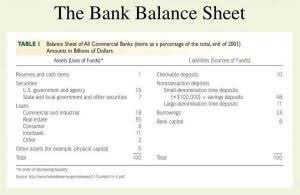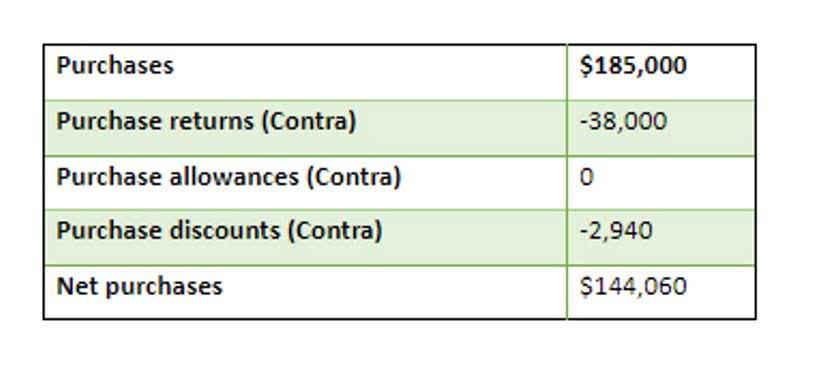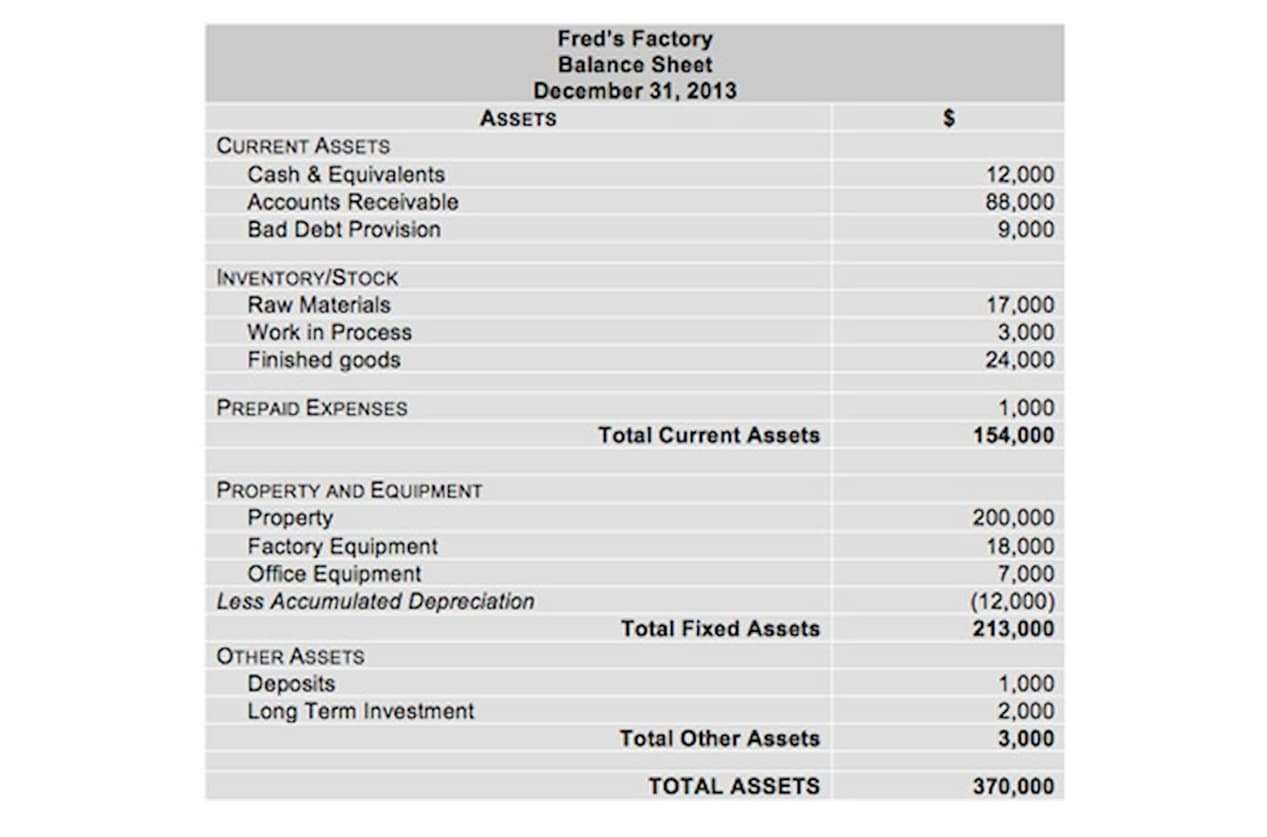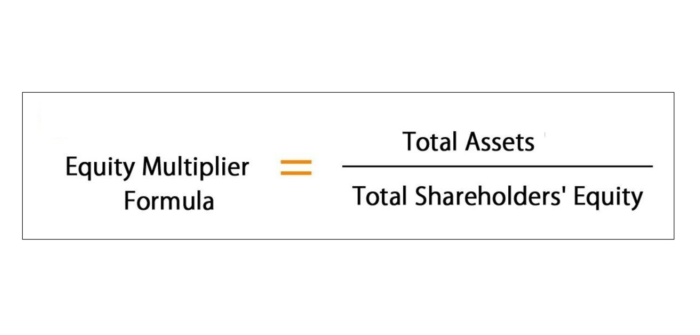However, some states also require daily overtime pay if an employee works more than eight hours in a 24-hour period. Chicago hosts hundreds of street festivals annually, with about 1,300 held between 2021 and 2023. For those festivals, nearly 2,800 Chicago police officers worked a combined total of 27,000 hours of overtime to patrol the events, according to a CBS News Data Team analysis of police overtime data and special events permits. Relying on this holding, the District Court determined that the DOL’s final rule “effectively eliminated” consideration of whether an http://ilinks.ru/site.phtml?id=463514 employee performed exempt duties.
Overtime Pay Calculation for Nonexempt Employees Who Work a Fluctuating Workweek
You then add that total to the amount they make within a 40-hour workweek. Under the federal http://sci-lib.com/book001823.html law, nearly all hourly workers in the U.S. are entitled to overtime pay after 40 hours a week. But many salaried workers are exempt from that requirement — unless they earn below a certain level.
Legal
With these tips, you can effectively manage overtime, simplify your organizational tasks, and reduce expenses. Investing in time-tracking software boosts productivity, enhances accountability, streamlines payroll, and provides insights into team performance efficiently. Employees can clock in using biometric devices, such as fingerprint scanners, to record their attendance. Click the link in this sentence for more information on tracking and calculating overtime. At least two-thirds of affected employees must agree to an alternative workweek schedule for it to be considered valid.
Overtime Pay: Fact Sheets
Including all of the new tax cuts proposed could bring the total price tag to roughly $10 trillion over a decade, according to multiple estimates. “It could be a fairly expansive policy in terms of who it could reach,” said Joseph Rosenberg, senior fellow at The Urban-Brookings Tax Policy Center. But it would also be very costly in terms of reducing revenue for the federal government, he added. Republicans this week eked out a slim majority in the House, winning 218 seats, with a few races still uncalled. This means a Republican trifecta and more chance of passing proposals floated by President-elect Trump on the campaign trail, including one that would scrap taxes on overtime. Common reasons for overtime include insufficient staffing, ineffective time management, unanticipated work demands, and inefficient workflows.
Addressing Common Myths and Misconceptions About Overtime Pay
Review the tasks assigned to each employee and ensure workloads are evenly distributed. Employers benefit from real-time tracking data, detailed reports, https://ruspb.info/2019/12/17/study-my-understanding-of-4/ and analytics that offer insights into productivity and resource use. The user-friendly interface simplifies time management for everyone involved. Here are a few tips you can use to improve overtime management in your organization. Let us now learn about how you can manage employee overtime to reduce unnecessary organizational costs.
- Reaching an agreement on how to address expiring TCJA tax provisions and campaign tax and trade proposals could delay action on a reconciliation tax bill until late 2025, it said.
- Automation helps employees focus on high-value work, minimizing the need for overtime and allowing them to complete tasks without staying late.
- Overtime is the extra time an employee works out of their typically scheduled work hours.
- Extra pay for working weekends or nights is a matter of agreement between the employer and the employee (or the employee’s representative).
- With Freshbooks time tracking software, it’s easy to keep track of your employees’ workweek, so you can be sure you are offering fair and accurate compensation.
A workweek, defined by FLSA, is a fixed and regularly recurring period of 168 hours, which is seven consecutive 24 hour days. For most organizations, overtime only applies on a workweek basis, as the FLSA requires. Annual overtime is the total number of extra hours an employee works outside their normally scheduled working time in a year. For example, you may be bumped up to a higher tax bracket if you work a lot of overtime, but remember, only the extra earnings that fall within the higher bracket are taxed with the higher rate, not all your earnings.
For hourly workers with single pay rates, calculating the overtime pay rate takes just a few straightforward steps. In California, for example, employers must pay double time for all hours worked over 12 in any workday. They must also pay double time for all hours worked over eight on the seventh consecutive day of work in a workweek. All other employees are classified as nonexempt which means that they are subject to the Fair Labor Standards Act and are eligible for overtime pay. Additionally, Oregon requires overtime pay for people in manufacturing establishments who work over 10 hours a day.

















